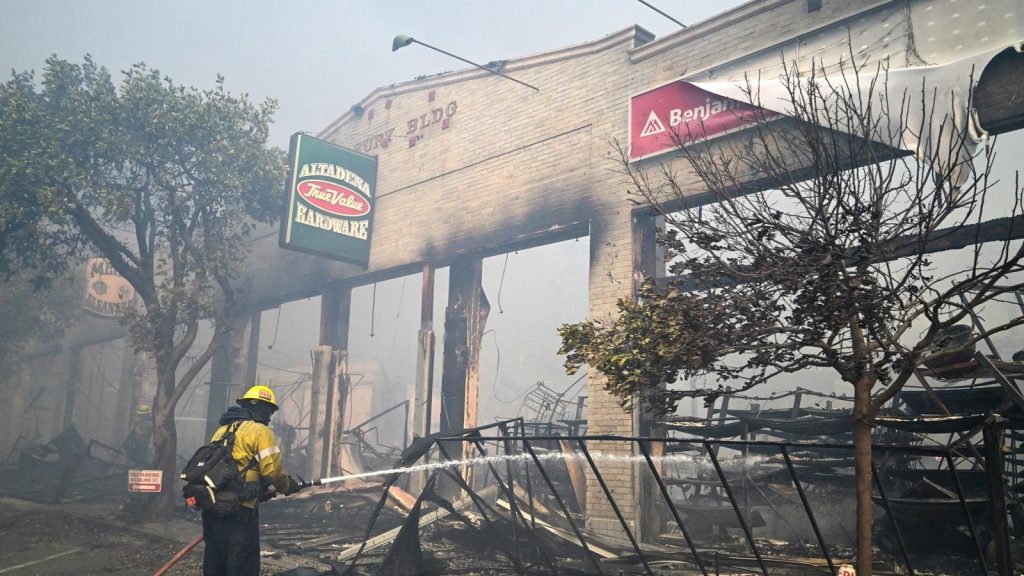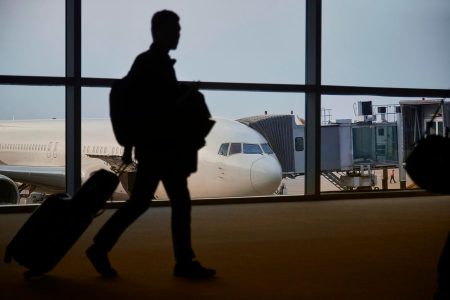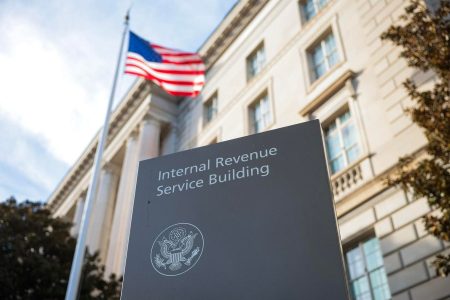The devastating wildfires that recently swept through Los Angeles County and surrounding areas left a trail of destruction, claiming lives, obliterating homes, and crippling businesses. The economic impact is staggering, estimated to reach up to $150 billion. Beyond the immediate loss of life and property, the fires have disrupted the local economy, leaving business owners facing the daunting task of rebuilding and reopening in a landscape dramatically altered by the disaster. Thousands of businesses, from high-end boutiques in affluent neighborhoods like the Pacific Palisades to family-owned shops and restaurants in more modest areas like Altadena, have been impacted. The fires have not only destroyed physical structures but also disrupted the delicate balance of local economies, leaving businesses questioning the viability of rebuilding in communities where the customer base has been displaced or financially impacted.
In the face of such widespread devastation, the Small Business Administration (SBA) plays a crucial role in providing financial assistance to businesses struggling to recover. Through its disaster loan program, the SBA offers low-interest, long-term loans of up to $2 million per business to cover both physical damage and economic losses. This program extends beyond businesses directly affected by the fire to include suppliers and businesses reliant on customer traffic from devastated areas. The SBA disaster loan program offers several advantages, including a deferred interest accrual period of one year and loan terms of up to 30 years. This flexibility provides businesses with much-needed breathing room as they navigate the complex process of rebuilding and re-establishing their operations.
The SBA disaster loan program is a vital lifeline for businesses impacted by declared disasters, offering two primary loan types: physical damage loans and economic injury loans. Physical damage loans address the immediate need to repair or replace damaged buildings, equipment, and inventory, while economic injury loans help businesses manage ongoing expenses when revenue streams are disrupted. While businesses can apply for both loan types, the total borrowing is generally capped at $2 million. This comprehensive approach recognizes the multifaceted challenges businesses face after a disaster, addressing both immediate physical needs and the longer-term economic impacts. The SBA’s direct loan approach, bypassing the need for bank approval, simplifies the application process for businesses already burdened by the disaster’s aftermath.
Following the declaration of Los Angeles County as a disaster area, businesses became eligible to apply for SBA disaster loans. The subsequent major disaster declaration by President Biden, facilitated through FEMA, further strengthens the federal government’s commitment to supporting recovery efforts. This declaration streamlines the allocation of additional federal resources to the SBA’s disaster loan program, increasing the likelihood of businesses receiving the financial assistance needed to rebuild. This coordinated federal response is essential to ensuring that affected communities have access to the resources necessary to rebuild and recover.
While the SBA disaster loan program is a critical resource, its funding structure relies on Congressional appropriations, creating potential challenges in responding to large-scale disasters. The program operates with a base level of funding, with the expectation that Congress will provide supplemental funding after major events. This reliance on Congressional action introduces a degree of uncertainty and potential delays in disbursing funds to businesses in dire need. Political considerations can also complicate the process, as seen in past instances where disaster relief funding has become entangled in partisan disputes.
Beyond the funding challenges, the SBA has faced criticism for processing delays, which can further exacerbate the difficulties faced by businesses struggling to rebuild. Studies have shown that businesses receiving SBA disaster loans have a significantly higher survival rate compared to those that do not, underscoring the importance of efficient and timely loan processing. The SBA’s direct loan program removes the need for bank approval, placing the decision-making power directly with the business owner. This autonomy allows business owners to carefully consider their specific circumstances and determine whether taking on additional debt is a viable path to recovery. While the decision to borrow can be daunting, especially in the aftermath of a disaster, the SBA’s long-term, low-interest loans offer a crucial lifeline for businesses striving to rebuild and contribute to the economic recovery of their communities.










